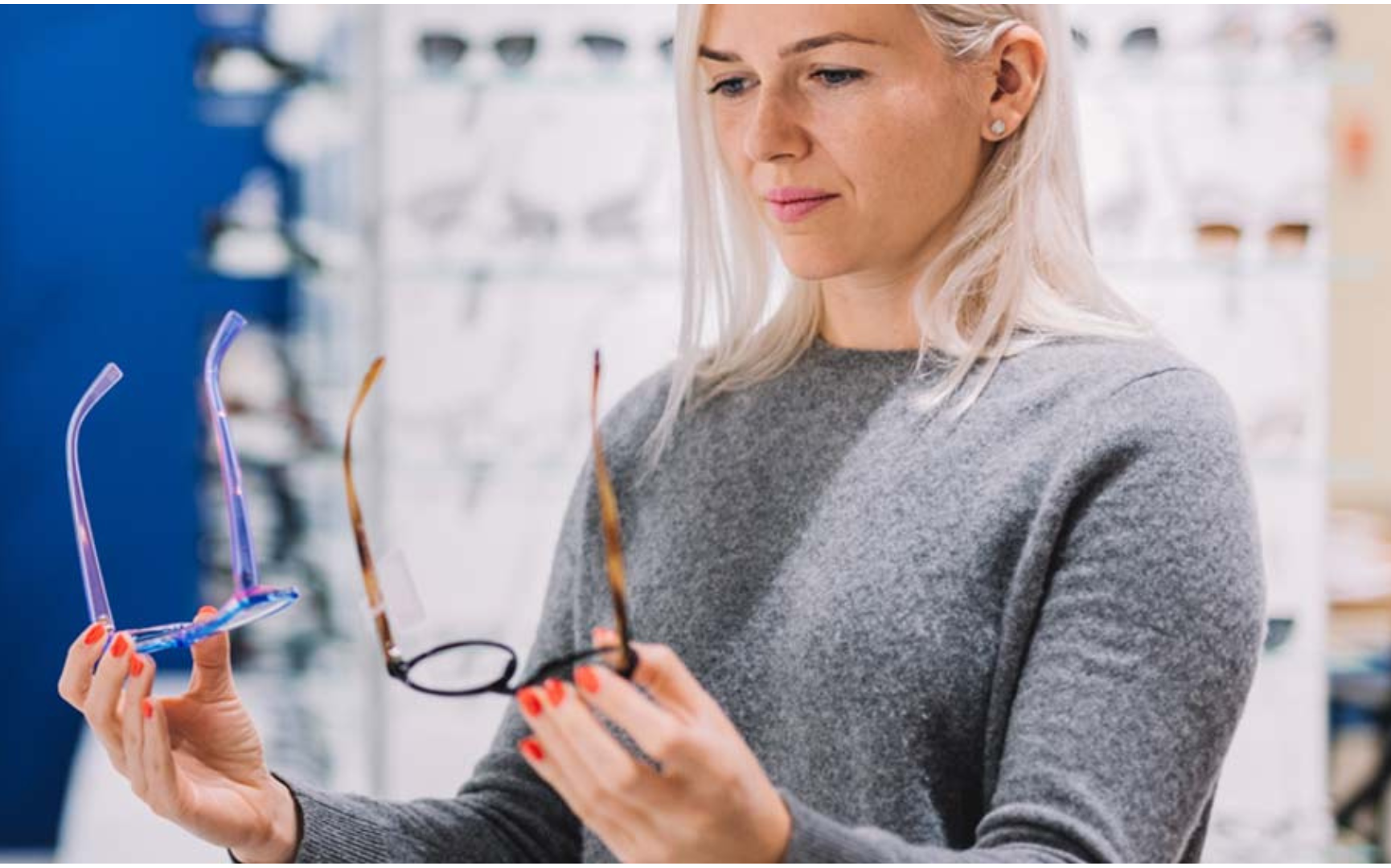Online eyewear retailers and digital vision screenings are capturing patient interest—and dollars. These digital solutions offer patients aesthetically packaged convenience, but it could come with a high cost—the patient’s health. How can eye doctors combat online eye exams and digital retailers to keep their patients safe and happy? The key is to identify why patients are turning to online solutions, expose what patients miss when they choose convenience over quality and create strategies to help your practice communicate effectively with patients.
1. Why Patients Are Turning to Online Solutions
There are a few reasons why patients are turning to online retailers, including convenience, variety and cost. “Online stores give you the ability to shop around and often offer more discounts than traditional storefronts might.”1 Online retailers consistently send patients the message that their glasses are the same as what you get at practices at a fraction of the cost, but this is not always the case.
“Online retailers are doing their best to commoditize eyewear. So, if the patient relies on the information from the online retailer, price is then the only factor in purchasing a pair of eyeglasses. As we know, this is far from the truth—and it’s based on misinformation,” states the article.2 Additionally, with the misinformation surrounding online “eye exams”, these brands are making it seem illogical to go back to your eye doctor.
2. Demonstrate the Importance of Comprehensive Eye Exams
Online “eye exams” can only serve as vision screening, which is just one part of the comprehensive eye exam performed by an optometrist. “Online screenings do not detect any change in your overall health or the health of your eyes, which is the most important part of any eye exam. During an in-person eye exam, an optometrist will confirm or update your prescription and check for eye muscle imbalance and vision disorders. They also check for eye-related health issues, such as detached retina, glaucoma, cataracts and other serious health issues like cancer and high blood pressure.”3
Patients may not realize that if measurements are even a fraction off, they will not get the best vision results—it may harm their eyes and negatively impact their overall health. Your patient education efforts should emphasize that turning to online retailers is not the best way to ensure quality and safety.
Your patient education should also cover that all lenses are not created equal. Discuss the different lens materials, such as traditional plastic compared to thinner, lighter materials. Explaining other considerations, such as non-glare coatings and photochromic lenses, is an effective way to stand out among online competitors.
3. How to Inform Patients and Increase In-Person Visits
While it seems obvious that comprehensive, in-person eye exams are the best solution, it’s not that straightforward for your patients. Most patients don’t have the time or terminology to really understand why it’s important, meaning it’s up to your practice to raise that awareness.
Patient education is key, and using high-quality videos is ideal to ensure your patients know that cost and convenience are not the only considerations for online eye care. One easy strategy could include sharing quick explainer videos like The Truth About Online Eye Exams on your website, social media and with patients.
If you’re interested in using the above content at your practice, learn more about our solutions to see if we would be a good fit for your practice. At the end of the day, many patients would prefer to support a locally owned small business rather than a faceless multi-national corporation. Taking the time to understand why online retailers have become successful is the best way to learn about your patients and their needs and ultimately provide them with the safest, highest-quality outcomes.

